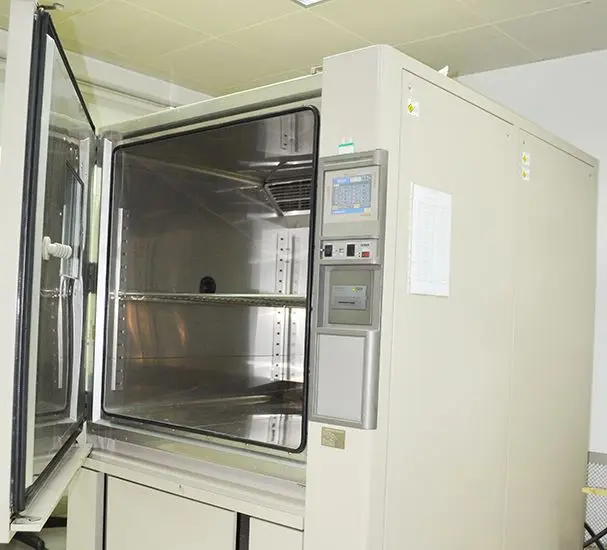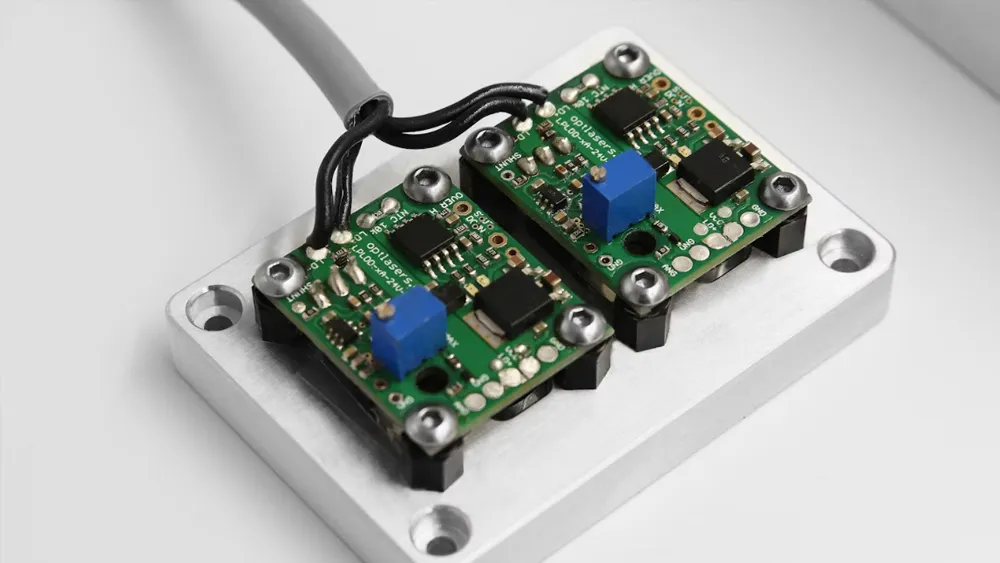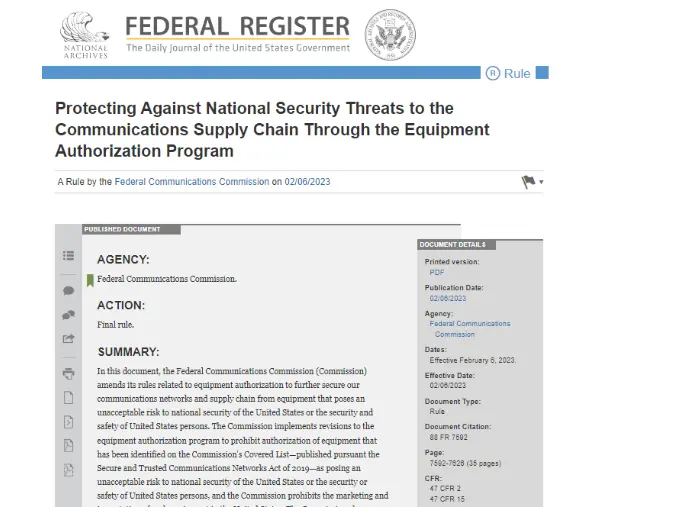
Camping Tent BS 6341 Certification Testing
BS 6341 Standard Overview
BS 6341 – Specification for Fabrics for Camping Tents
The BS 6341 standard, developed in the United Kingdom, specifies the physical and flammability performance requirements for fabrics used in camping tents. It classifies tents based on usage scenarios, ranging from civilian to military applications. With outdoor activities becoming increasingly popULar, this standard is especially important — its stringent flammability testing ensures that tent materials can effectively slow down combustion upon exposure to open flames, providing critical escape time for users.
Scope of BS 6341
BS 6341 applies to fabrics used in the manufacturing of camping tents (e.g., ridge tents, frame tents), including both non-floor parts (such as walls and roofs) and floor parts (such as ground sheets).
BS 6341 Classification System
(1) Grades (Grades 1–10)
1. Grades 1–4: Must meet both general performance (Classes A–D) and flammability (Classes E–G) requirements.
2. Grades 5–7: Only requiRED to meet flammability requirements (Classes E–H).
3. Grades 8–10: Only required to meet general performance requirements (Classes A–C).
(2) Orientation Classes
Class A: Nearly horizontal surfaces (e.g., 15°, such as frame tent roofs).
Class B: Moderately sloped surfaces (15°–75°, e.g., ridge tents).
Class C: Nearly vertical surfaces (>75°, e.g., tent walls).
Class D: Military tents (non-horizontal) with specific requirements for color and strength.
BS 6341 Flammability Requirements and Classification
All flammability tests are conducted in accordance with BS 5438 (Vertical Flame Test). Samples must undergo washing or flexing treatments before initial testing. The side with faster flame propagation is selected as the test face.
Class E(Grades 1, 3, 5)
1. Test Method: BS 5438 Test 2 (Vertical burn, 10-second flame exposure)
2. Pass Criteria:
a. Flame or burn holes must not REACH the top or side edges of the specimen.
b. No flaming debris or molten drops allowed.
c. If one sample fails, six additional samples must be tested — all must pass for overall compliance.
Class F(Grades 2, 6)
1. Test Method: BS 5438 Test 3 (Vertical burn, 10-second flame exposure)
2. Pass Criteria:
a. In at least 4 out of 6 samples, the flame may sever only 1 marker thread (300 mm).
b. In the remaining 2 samples, severing up to 2 threads (300 mm + 600 mm) is permitted.
c. Any sample severing 3 threads results in immediate failure.
Class G(Grade 4 – Military Use)
1. Test Method: Same as Class E, with stricter standards.
2. Pass Criteria:
a. No flame (burn time <1 second)
b. No holes
c. No afterglow or smoldering
One-Stop Flammability Testing Services from JJR Laboratory
JJR Laboratory in China offers a professional flammability testing team capable of conducting testing according to European, British, American, Chinese, and Australian standards. Our services include:
1. Flammability testing consultation
2. Standard interpretation
3. Sample testing
4. Report analysis
5. Product improvement guidance
Let us support your products in meeting international fire safety requirements.
Email:hello@jjrlab.com
Write your message here and send it to us
 What are ASTM F963 and CPSIA?
What are ASTM F963 and CPSIA?
 Comparison of ASTM F963 and EN 71
Comparison of ASTM F963 and EN 71
 How to get CSA C22.2 NO.256:14 Test Report?
How to get CSA C22.2 NO.256:14 Test Report?
 How much is the ISTA Amazon Packaging & Shippi
How much is the ISTA Amazon Packaging & Shippi
 Amazon Product Laboratory Testing Requirements
Amazon Product Laboratory Testing Requirements
 How to Get EPA Certificatio
How to Get EPA Certificatio
 What is EPA Certification in the United States?
What is EPA Certification in the United States?
 What is an FCC Registered Agent?
What is an FCC Registered Agent?
Leave us a message
24-hour online customer service at any time to respond, so that you worry!




